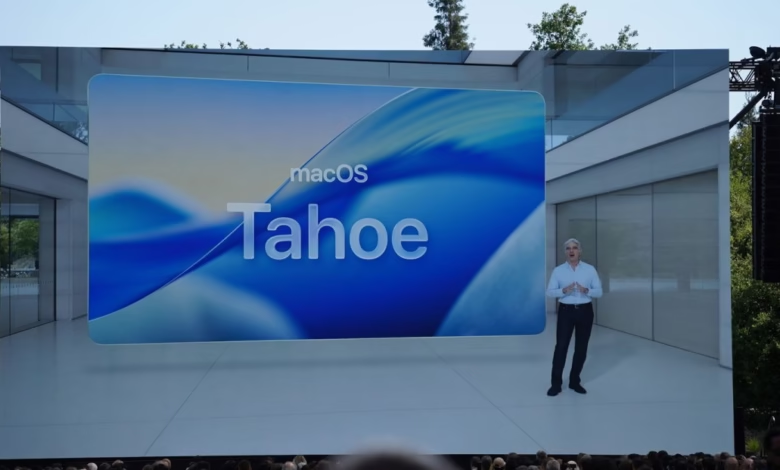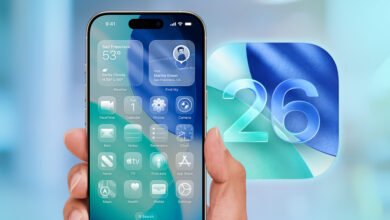Apple Fixes macOS Tahoe 26 Finder Icon Issue

▼ Summary
– Apple reversed a controversial change to the Finder icon in the second macOS 26 developer beta, restoring its original blue and white color scheme.
– The initial macOS 26 beta introduced Apple’s Liquid Glass design language, which refreshed the OS’s visual style.
– The first beta had unexpectedly flipped the colors of the Finder icon, breaking tradition and sparking criticism.
– The second beta also added an option to reintroduce a background to the menu bar, improving its readability.
– iOS 26’s second developer beta included a similar legibility improvement for Control Center.
Apple has addressed user concerns by reverting an unpopular change to the Finder icon in the latest macOS Tahoe 26 beta update. The tech giant initially introduced a controversial redesign that flipped the traditional blue and white color scheme, sparking frustration among early testers.
The first developer beta of macOS 26 showcased Apple’s Liquid Glass design language, bringing a fresh visual overhaul to the operating system. However, the unexpected alteration to the Finder icon, a staple of macOS, drew criticism for straying too far from its recognizable appearance. Users quickly noticed the inverted colors and voiced their disapproval across forums and social media.
With the release of the second beta, Apple has wisely restored the classic layout, placing the blue and white elements back in their original positions. This adjustment aligns with the company’s history of refining interface details based on user feedback. Side-by-side comparisons highlight the return to the familiar design, offering relief to those who found the initial change jarring.
Beyond the icon fix, the update also introduces improvements to system legibility. Reports indicate that users can now re-enable a background for the menu bar, enhancing readability. Similar refinements have been made to iOS 26’s Control Center, demonstrating Apple’s focus on usability across its ecosystem.
While beta software often undergoes tweaks before public release, this swift correction underscores how even subtle design choices can significantly impact user experience. The reversal suggests Apple remains attentive to its audience, balancing innovation with the consistency longtime fans expect.
(Source: The Verge)





